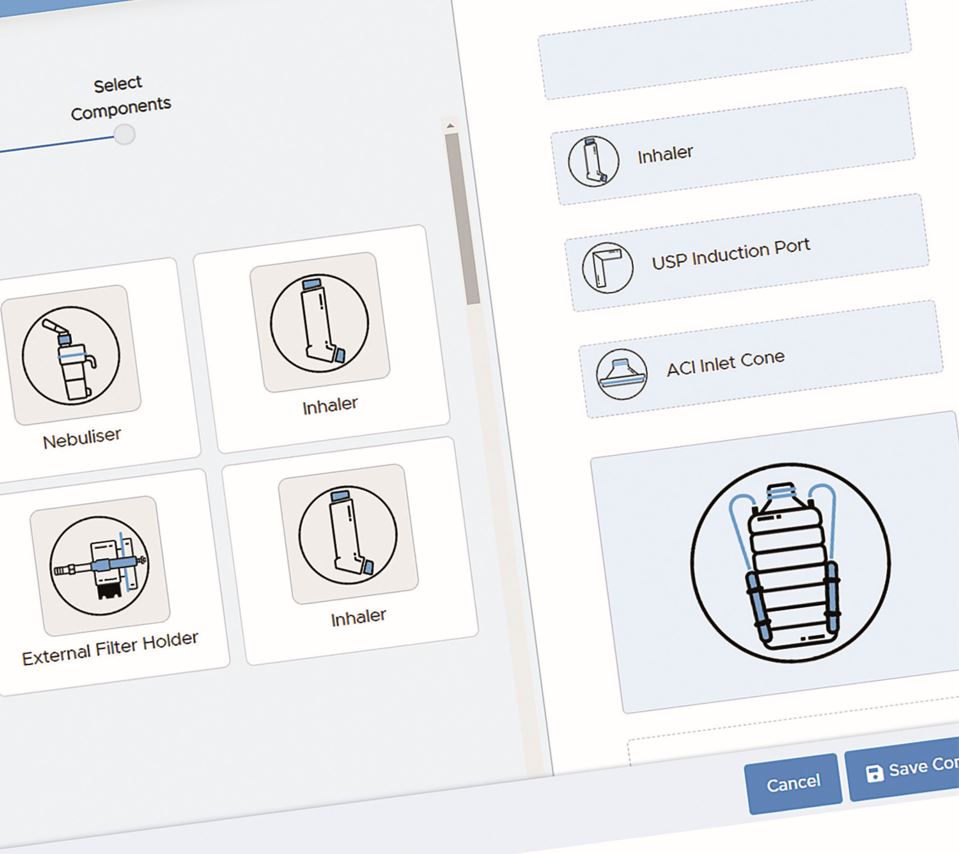Contact Us
Contact Us


Advanced Filter Holder
The new Advanced Filter Holder is designed specifically to improve efficiency and robustness in DDU testing of nebuliser products and MDIs with Spacers/Valved Holding Chambers. A single-piece, hinged design ensures a leak free process, simplifies filter replacement and enables rinsing in situ.
- Manufactured from the same material as Copley DUSA tubes to ensure solvent compatibility during recovery and cleaning.
- Durable, leak-free design
- Compatible with the Sample Preparation Unit SPU 200i for automation of the recovery process.
Related Applications
We also offer a range of equipment for additional MDI testing application support:
Related Services



Training
We offer a range of training courses, presentations and seminars covering a wide range of topics.
Find Out More


Servicing
A comprehensive range of both in-house and on-site product servicing options are available
Find Out More


Support
Our team of experienced technicians and engineers are on hand to help and advise
Find Out More










